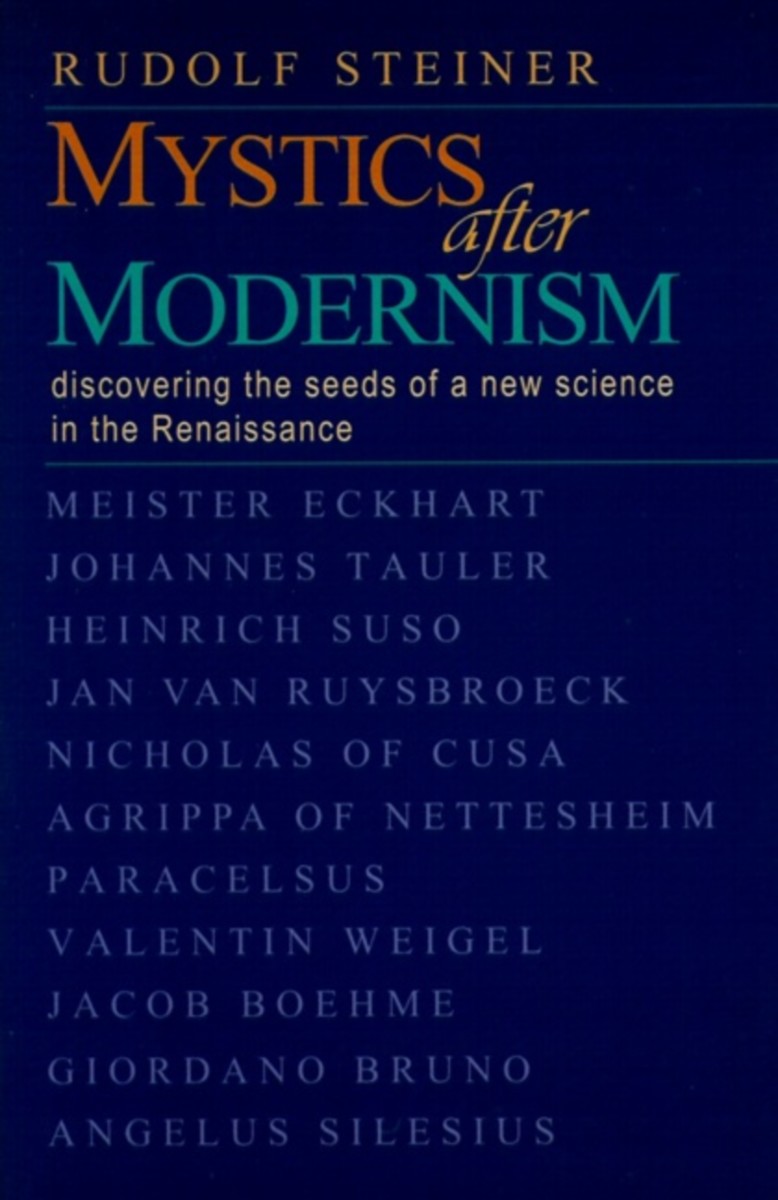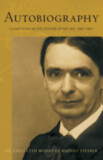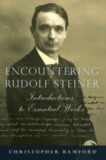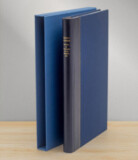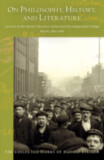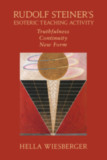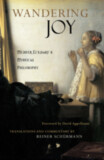Mystics after Modernism
Discovering the Seeds of a New Science in the Renaissance (CW 7)
Afterword by Paul Marshall Allen
Foreword by Christopher Bamford
Translated by Karl E. Zimmer
- Publisher
SteinerBooks - Published
1st September 2000 - ISBN 9780880104708
- Language English
- Pages 208 pp.
- Size 6" x 9"
Written in 1901, based on lectures at the Theosophical Library, Berlin (CW 7)
“Natural science makes bread; the ‘mystics’ taught the way of cultivating their souls as a garden in which such seeds could sprout and reach their full potential. ‘Mysticism’ from this point of view is an inner process that can illuminate and transform—make transparent to their higher meaning—outer facts. The fragmented multiplicity of the ‘dissected’ world becomes thereby unified in meaning.” — Christopher Bamford (foreword)
The mystics Steiner writes about in this book were early giants in the modern art of illumined self-knowledge. Their ways of seeing the world, God, and themselves foreshadowed all that we practice now in the best of meditation, both East and West. Here, you can read about their essential passion for unity, their practice of intensification of perception, and their ever-fresh insights into the process of knowing itself.
Steiner immerses us in the evolving stream of these eleven mystics who appeared in central Europe between the thirteenth and seventeenth centuries. They managed to resolve the conflict between inner perceptions and the new seeds of modern science and human individuality. Based on the lives of those mystics and on his own spiritual insight, Steiner shows how their ideas can illumine and preserve our true human nature today.
Rudolf Steiner ends his book with a quotation from the Cherubinic Wanderer, a collection of sayings gathered by Angelus Silesius: "Dear Friend, this is enough for now. If you wish to read more, go and become the writing and the essence yourself."
“The present book, Mystics after Modernism, is a fruit of Steiner’s lecturing activity. The substance of it was contained in a series of lectures he gave in Berlin beginning just after Michaelmas in 1900 when he was thirty-nine. Steiner wrote later, ‘By means of the ideas of the mystics from Meister Eckhart to Jacob Boehme, I found expression for the spiritual perceptions that, in reality, I decided to set forth. I then summarized the series of lectures in the book Mystics after Modernism.’” — Paul Marshall Allen (afterword)
Mystics after Modernism is a translation from German of Die Mystik im Aufgange des neuzeitlichen Geisteslebens und ihr Verhältnis zur modernen Weltanschauung (GA 7), Rudolf Steiner Verlag, Dornach, 1993. A previous edition was titled Mysticism at the dawn of the Modern Age.
C O N T E N T S:
Foreword by Christopher Bamford
Preface to the 1923 Edition
Introduction: Mystics, Natural Science, and the Modern World (by Rudolf Steiner)
Meister Eckhart
The Friendship with God: Johannes Tauler
Cardinal Nicolas of Cusa
Agrippa of Nettesheim & Theophrastus Paracelsus
Valentin Weigel & Jacob Boehme
Giordano Bruno & Angelus Silesius
Epilogue
Afterword: About the Author, the People, and the Background of this Book (by Paul M. Allen)
Preface to First Edition: 1901
Bibliography and Further Reading
Index
Rudolf Steiner
Rudolf Steiner (b. Rudolf Joseph Lorenz Steiner, 1861–1925) was born in the small village of Kraljevec, Austro-Hungarian Empire (now in Croatia), where he grew up. As a young man, he lived in Weimar and Berlin, where he became a well-published scientific, literary, and philosophical scholar, known especially for his work with Goethe’s scientific writings. Steiner termed his spiritual philosophy anthroposophy, meaning “wisdom of the human being.” As an exceptionally developed seer, he based his work on direct knowledge and perception of spiritual dimensions. He initiated a modern, universal “spiritual science” that is accessible to anyone willing to exercise clear and unbiased thinking. From his spiritual investigations, Steiner provided suggestions for the renewal of numerous activities, including education (general and for special needs), agriculture, medicine, economics, architecture, science, philosophy, Christianity, and the arts. There are currently thousands of schools, clinics, farms, and initiatives in other fields that involve practical work based on the principles Steiner developed. His many published works feature his research into the spiritual nature of human beings, the evolution of the world and humanity, and methods for personal development. He wrote some thirty books and delivered more than six thousand lectures throughout much of Europe. In 1924, Steiner founded the General Anthroposophical Society, which today has branches around the world.


